It’s June, so he’s up to his neck in fescue – that’s what!
Once again, the season for hay production is upon us. As you can see from the photograph above, the fescue/clover fields are ready for baling. The grass is tall and rich with nutrients, and weeds haven’t had much of a chance to develop within the fields.Â
This part of the Ozarks has seen abundant rain this Spring (at least 10″ ABOVE average), and the temperature has remained relatively mild. It has been ideal conditions for the tall fescue that dominates our region.
For the past several years I have taken pains to get several additional pastures groomed and readied for hay production, in addition to our regular hay fields. They now appear to be ready for harvest.
We have a couple of reliable and ambitious neighbors who are motivated to do the cutting and baling. The price of all cattle feed matter (hays, grains, protein supplements, etc.) has risen dramatically in recent months, so they would like to utilize as much of our grass as possible.
Thus, my hopes are high that all of these factors will combine to make this year a banner year for hay production on this property.
UNLESS ……..
The skies that looked like this at 12:40 PM
And then look like this at 1:15 PM
Turn into a downpour like this! Then all bets are off…

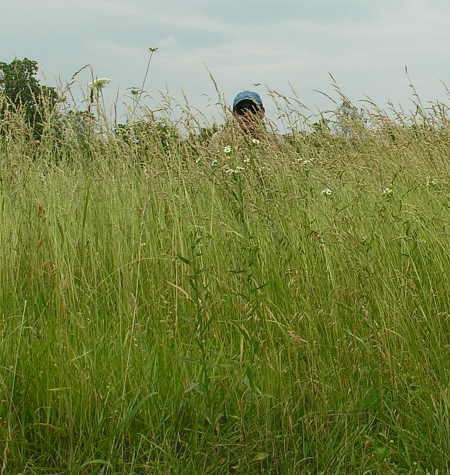
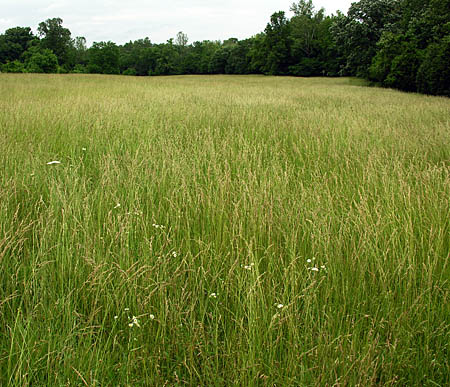
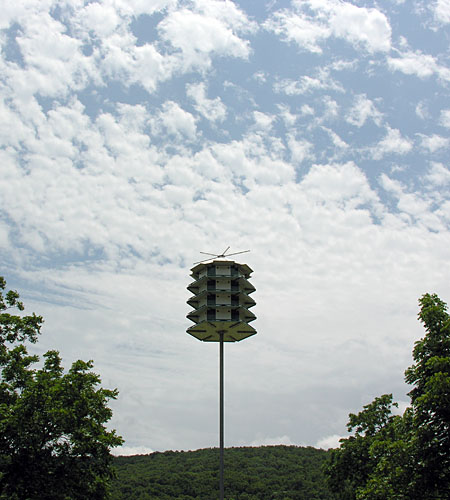
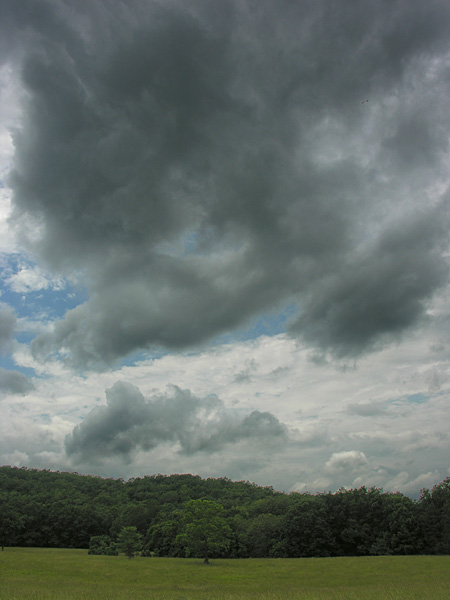
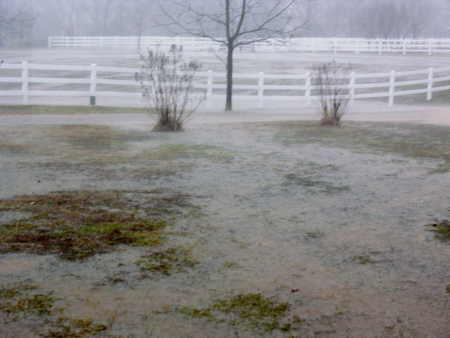


a squall jsut came through here a few minutes ago. my fil got 400 bails rained on the other day. good luck in the hay hal
I am the Managing Editor for ESA Publications (NZ) Ltd. We want to reproduce a picture of yours of a walnut tree from a New Zealand public exam for our AME Scholarship Biology book.
AME Scholarship Biology is aimed at ‘top end’ NZ students – in 2006 (latest stats) only 1216 students sat the exam. Our target audience is thus very limited.
I seek copyright permission to reproduce the pic.